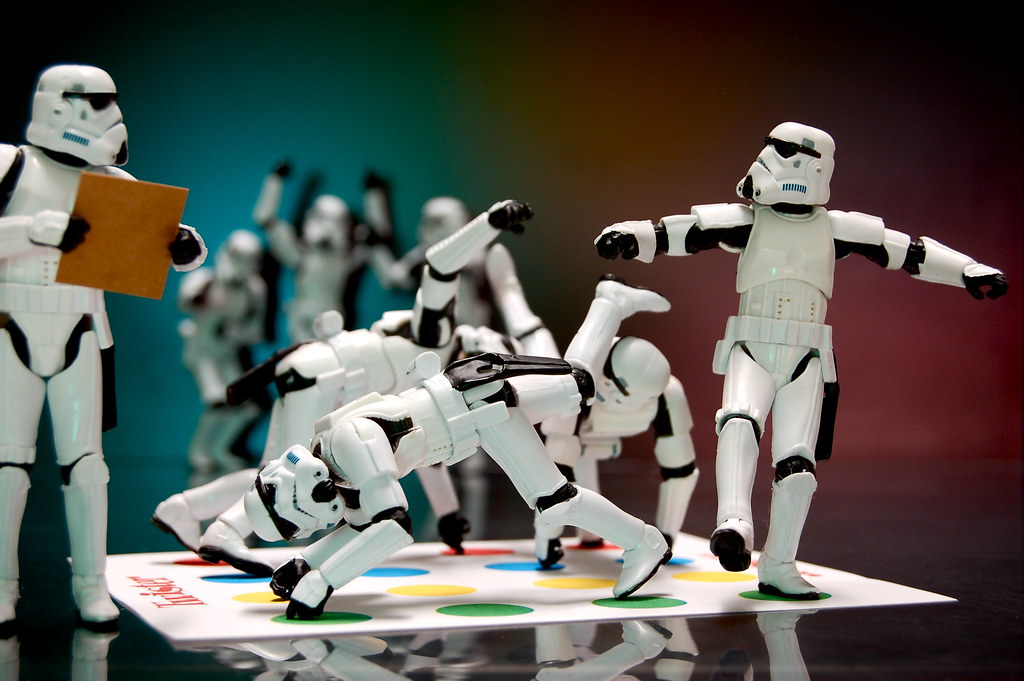
Including visualizations can help your poster stand out and help others understand your research. There are lots of ways to include visualizations on your poster - graphs, charts, photographs, as well as many others. Whether images come from the Internet, a database, or other resources, it's your responsibility to determine when, where, and how they may be legally and ethically used.
Important considerations when using images and other visualizations on your poster:

Image Credit: https://photos.georgiasouthern.edu/
Many images on the web are protected under copyright and should not be used on a poster. You can legally use photos in four ways:

"David Wagner reviewing research poster closeup 2" by D Coetzee is marked with CC0 1.0.
Citations and Attributions are similar in some ways, but they also serve very different purposes. The following table provides a brief overview of the differences.
|
Citation |
Attribution |
|---|---|
|
Academic and legal purposes (plagiarism and copyright infringement). |
Legal purposes (e.g., rules of Creative Commons licences). |
|
The rights of the copy (meaning copyright) are NOT shared with the general public by the copyright holder. |
Copyright IS shared with the general public by the copyright holder by marking the work with an open-copyright licence. |
|
Protects an author who wants to refer to a restricted work by another author. |
Author of an open work has given advanced permissions to use their work |
|
Used to quote or paraphrase a limited portion of a restricted work. |
Used to quote (or paraphrase) all or a portion of an openly licensed work. |
|
Can paraphrase, but cannot change work without permission. |
Author has give advanced permission to change work. |
|
Many citation styles are available: APA, Chicago, MLA. |
Attribution statement styles are still emerging, but there are some defined best practices. |
|
A reference list of cited resources are typically placed at the end of the book. |
Attribution statements are found on the same page as the resource. |
Table from "Self-Publishing Guide: A Reference for writing and self-publishing an open textbook" by Lauri M. Aesoph, published for BC Campus under a CC-BY license
Your attribution should follow this format, which adheres to Creative Commons best practices.
Title of image/video [linked to original image]
by Author [linked to profile page]
under License [linked to license deed]

Image Source: My Paradise Beach_Cuba by Nick Kenrick. Used under CC BY-NC-SA 2.0.

Image Source: Four Storms and a Twister by JD Hancock. Used under CC BY 2.0

Image Source: George Peabody Library. By Matthew Petroff. Used under CC BY SA 3.0.
You should give as much information as possible about the images that you have used, including these basics:

Image Source: Evening dress by Jeanne Hallee. 1911-1915. The Metropolitan Museum of Art, New York. Public Domain

Image Source: Dinant. By Joan Blaeu, 1649. Public Domain